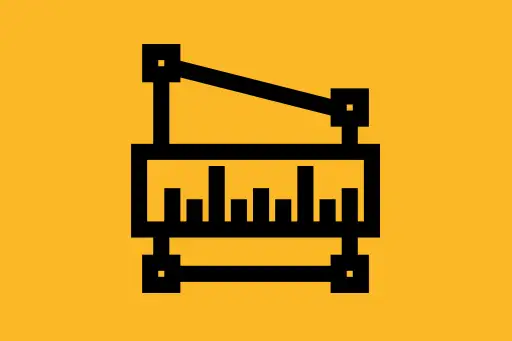Service-Oriented Architecture (SOA) – A Beginner's Guide
What is Service-Oriented Architecture (SOA)?
Service-Oriented Architecture (SOA) is a software design approach in which services are provided to other components over a network through a communication protocol. These services are self-contained, reusable, and loosely coupled. Each service performs a specific business task and can be independently deployed, maintained, or replaced.
Key Characteristics of SOA
- Loose Coupling: Services are not tightly bound to each other. Each service operates independently.
- Reusability: A service can be reused across different systems and projects.
- Interoperability: Services can communicate across different platforms and technologies using standard protocols (like HTTP, SOAP, REST).
- Discoverability: Services are published in a registry where clients can find and invoke them.
How is SOA Different from Monolithic Architecture?
In a monolithic architecture, all components are part of a single codebase and are deployed together. In contrast, SOA breaks the application into independent services that can be developed, deployed, and scaled independently.
Real-World Analogy: Restaurant Service
Imagine a restaurant. When a customer places an order:
- The waiter takes the order and passes it to the kitchen.
- The kitchen prepares the food and hands it to the waiter.
- The waiter delivers the food to the customer.
In this analogy:
- Each department (waiter, kitchen, cashier) is a service.
- Each service has a clear responsibility and communicates with the others via a defined protocol (e.g., order slips).
Example 1: E-commerce Application using SOA
Let’s consider an online shopping website broken into services:
- Product Catalog Service: Returns the list of products with descriptions.
- User Service: Handles user registration, login, and profiles.
- Order Service: Manages order placements, updates, and history.
- Payment Service: Processes payment and returns transaction status.
Each service is an independent unit. The user interface (UI) calls these services individually. For example, when a user places an order:
- The UI sends data to the Order Service.
- The Order Service communicates with the User Service to verify the account.
- It then interacts with the Product Catalog Service to check product availability.
- Finally, it sends the details to the Payment Service to complete the transaction.
Question: Why is it beneficial to separate services in this way?
Answer: Separating services allows you to scale, update, or replace each part independently. For example, if the Payment Service has a bug, you can fix and redeploy it without touching the other services.
Example 2: Travel Booking System
In a travel booking system, you might have these services:
- Flight Booking Service
- Hotel Booking Service
- Car Rental Service
- Notification Service (email/SMS)
Each service can be developed by a separate team and hosted on a different server. When a user books a full package, the system orchestrates these services to fulfill the request.
Question: What if the Hotel Booking Service is temporarily down?
Answer: Other services like flight booking or car rentals can still operate. This improves fault isolation, which means a single service failure doesn't crash the entire system.
Benefits of SOA
- Improved Scalability: Scale services independently based on demand.
- Technology Flexibility: Services can be built using different languages or frameworks.
- Faster Development: Teams can work in parallel on different services.
- Easier Maintenance: Debugging and upgrading individual services is simpler.
Challenges of SOA
- Complexity: More moving parts to manage, especially in communication and deployment.
- Network Overhead: Service-to-service communication happens over the network, which can introduce latency.
- Data Management: Sharing data across services must be carefully designed.
SOA vs Microservices: Are They the Same?
While both emphasize modular services, SOA often uses an Enterprise Service Bus (ESB) for communication and can have tightly coupled services. Microservices go further by making services even more independent and lightweight, often communicating through APIs without centralized orchestration.
When to Use SOA
- You are building a large enterprise application with many teams.
- You need to integrate legacy systems.
- You want to reuse existing services in different applications.
Summary
Service-Oriented Architecture is a powerful way to design large, scalable, and maintainable systems. It focuses on dividing an application into reusable, independent services. When implemented correctly, SOA can speed up development, increase flexibility, and enhance system resilience.
Check Your Understanding
Q1: What makes SOA different from a monolithic approach?
A1: SOA splits functionality into independent services, whereas monolithic applications bundle everything into one codebase.
Q2: Can SOA services be reused across different applications?
A2: Yes, services in SOA are designed to be reusable, making them useful across multiple systems.
Q3: What kind of communication do SOA services typically use?
A3: They use standard communication protocols like HTTP, SOAP, or REST to talk to each other over a network.
Next Topic ⮕API Gateway Pattern - System Design Explained for Beginners











Comments
Loading comments...